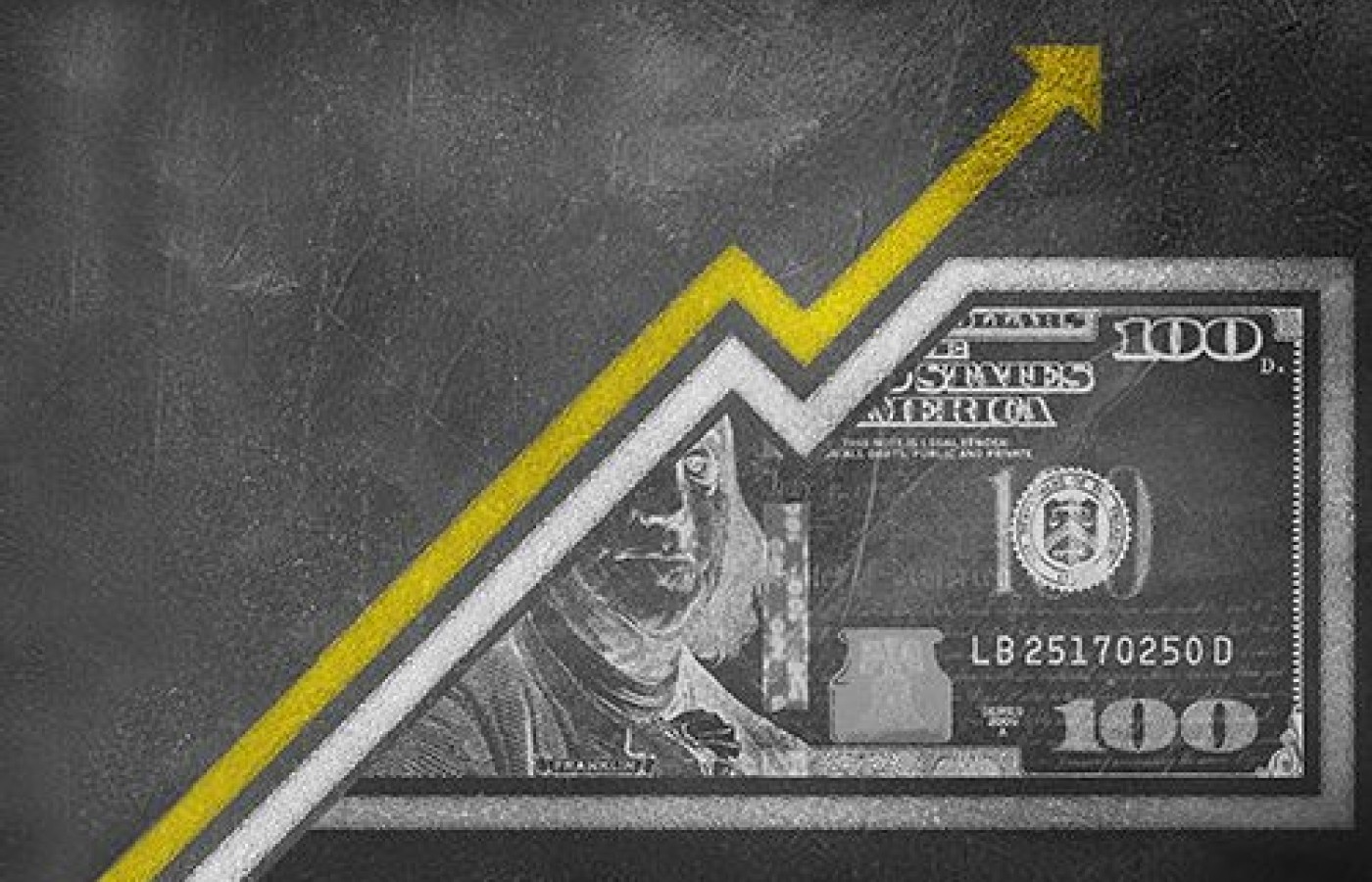Whether you accept it, avoid it or live somewhere in between, insurance coverage has become a defining issue for our profession. Patients increasingly expect to use their benefits, practitioners want to be compensated fairly for their time and expertise, and the system itself remains – at best – fragmented. The encouraging news is that coverage has expanded in meaningful ways. The challenging news is that reimbursement, across the board, remains inadequate.
Stories of Struggle & Success: Looking at the Burden of Debt
The American Association of Acupuncture and Oriental Medicine (AAAOM) launched a preliminary survey in August 2017, beginning a deeper analysis into the borrowing and repayment patterns of AOM graduates. The scope of this survey was fairly general in order to perform a broader assessment of the issue and identify areas of significance for further study. We appreciate the 966 individuals who took the time to answer questions and provide their personal experiences. The breadth and impact of this crisis is evident in your responses. Your stories of struggle and success are a critical contribution to our mission of developing effective resources to help AOM professionals build healthy financial futures.
How Success is Defined
While struggle and success can mean different things to different people, for the purpose of addressing the student debt burden, we define success as paying back your student loans. An unaffordable standard loan payment is the most common complaint. Only 30 percent of student loan-borrowers reported being able to afford their loan payments without a struggle. Many reported no other option than enrolling in income-driven repayment plans (IDR) or deferment/forbearance.
While 40 percent of the survey responders took over $100,000 in student loans, only 16 percent reported earning over $5,000 per month, which finaid.org identifies as the approximate sufficient income for a single person on a 30-year extended repayment plan for a $100,000 loan. Income trends in the acupuncture profession will be investigated in greater detail, as gainful employment was highlighted as a top factor affecting debt management.
Struggling borrowers attributed the student debt burden to several common factors. While still in school, students were uncertain about what kind of income to expect at different stages of their career. Many described a difficult transition from student to professional, which led to deferments and forbearances in their loans. Years down the road, the majority of professionals still aren't earning enough through their AOM careers to provide for themselves and repay their loans. Graduates complained of inadequate guidance regarding debt management / financial planning, and believe that better resources and would've helped them make better financial decisions.

Survey respondents identified some customer service issues with lenders. There were complaints of difficulty tracking loans as servicing companies sold them without any notification until the borrowers received an unexpected large bill from a new company. Lenders offered misleading information regarding repayment options, resulting in unnecessary deferments and forbearances. Improperly applied payments, delays and errors in processing repayment plans, and lender unresponsiveness in rectifying mistakes were also described.
Confusion amongst borrowers is consistent with repeated calls for more extensive loan education and counseling for borrowers. There appears to be a striking lack of awareness of interest capitalization and its impact on debt. While 30 percent acknowledged that the interest has indeed been capitalized at some point, 57 percent responded that they do not know if the interest has ever been capitalized. Several respondents suggested they expect their loans to be discharged at the end of their IDR plan term, seeming unaware that the loan balance will be considered as income and taxed at the end of repayment.
While the majority reported their student loan debt was a significant burden in their lives, there were also borrowers reporting successful loan repayment. The success stories reveal a variety of paths to how they have achieved this. Some have personal circumstances that allow them to repay their loans. A handful of other borrowers reported participating in the public-service loan forgiveness program. Most importantly, others have been able to successfully manage their loans with income. As we further examine the patterns of success in repayment, we will offer better resources to help students and graduates make wise, informed decisions for short and long term loan management.
Tips to Manage Your Loan
We would like to share some general information and tips to start turning things around with your student loan debt today. Start by gathering all of the details of your loans to be clear about how much debt you have and what is going on with them. Review your payment plan, payment history, interest accrual, and interest capitalization history. Assess your current plan and compare it to other repayment options with a student loan repayment calculator, which will estimate your payments on different repayment plans and the total amount repaid over the lifetime of the loan.
Prevention is always the best medicine. Enrolling in a standard 10-year repayment plan is ideal, resulting in the least amount repaid over the lifetime of the loan as compared to other repayment plans. However, many borrowers reported struggling in the early years of their career with low income and high payments, turning towards IDR plans. An extended or graduated plan will provide the lowest payments in the beginning, accommodating a lower income at the start of your career while still allowing for successful repayment. If you are able to pay just the interest in the beginning, that will prevent your debt from growing larger. Beware that interest capitalization will typically occur with any change your payment plan. Any accrued interest will then be added to the principal balance, which means you will accrue interest on a larger principal balance including the previous interest.
Deferment & Forbearance
If you are not able to start on a standard, graduated or extended plan, your servicing company will likely guide you towards deferment or forbearance. You should apply for an IDR plan rather than going on deferment. Even if your payment is zero, it will count towards the months in repayment if you continue on IDR for the life of your loan. Be aware that your lender may not be upfront and offer an IDR plan as a repayment option. If you owe a payment and cannot afford it, they will place you on forbearance until the IDR plan is processed. You will need to follow up, as many borrowers have complained of mishandled paperwork. Deferment and forbearance should really only be used for short term scenarios if you intend to enroll in a standard, extended, or graduated plan within a year.
The majority of borrowers felt they were unable to afford their student loan payments with no other choice than to enroll in an IDR plan. There does appear to be some confusion regarding what loan forgiveness means for IDR participants at the end of the repayment period. Under the current IDR plans, remaining debt will be discharged at the end of the 20 or 25 year repayment period. However, this means the IRS will classify your remaining debt as income, and you will owe income taxes at the end of the repayment period.
Loan Forgiveness
Public service loan forgiveness requires that your employment meets specific criteria in order to be eligible. These plans discharge the remaining debt after 10 years of income-based repayment with no tax burden. However, the future of this program is uncertain and may face changes or limitations. As we continue to examine the bigger picture of financial success, gainful employment, business skills, and financial planning, we will be able to provide graduates with more effective guidance and resources to make informed decisions.
We are convinced that the minority of the profession that has achieved success can become the majority. This picture of student loan repayment is our goal for the entire AOM community. AAAOM recognizes the student loan debt crisis is a significant and complex problem impacting the short and long term financial health of acupuncturists. We are working to better support the AOM community in succeeding in your careers and in your lives. Please participate in subsequent surveys as we continue to investigate the student loan debt burden and strategies for financial success.



